The United States successfully seized the strategic initiative from the Japanese in the Guadalcanal Campaign in the Solomon Islands, August 1942-February 1943. After winning that campaign, American armed forces continued their advance up the Solomon Island chain toward the Japanese supply base at Rabaul, on the island of New Britain. Under the overall command of South West Pacific Area Commander (SWPAC), General Douglas MacArthur, OPERATION CARTWHEEL was a two-pronged attack, up the northern coast of New Guinea along with the capture of the rest of the Solomons, beginning with New Georgia and ending with Bougainville. Establishing airfields and supply depots on Bougainville would enable the Americans to isolate and then attack Rabaul, the major Japanese base which blocked all American advances toward the Philippines and Japan. In the tough battle that ensued, two dedicated but inexperienced U.S. Army infantry divisions from the National Guard learned their first hard lessons toward achieving victory in the Pacific Theater.
Code-named OPERATION TOENAILS, under the command of South Pacific Commander Admiral William F. "Bull" Halsey, and initially led by Rear Admiral Richmond Kelly Turner, the attack on New Georgia had to overcome significant obstacles including terrain, limited resources in men and materiel, and coordination of multiple landing forces. The main objective was the Japanese airfield at Munda Point on the main island of New Georgia. Given the lack of sufficient landing areas near the airfield and needing to protect supply lines from Japanese naval and air attacks, the operation would be conducted in two phases: The first phase consisted of initial landings on Rendova Island, Segi Point on New Georgia and Wickham Anchorage on Vanguru Island to protect the flow of supplies and men coming from Guadalcanal for the attack. The second phase consisted of moving the 43rd Infantry Division from Rendova Island to New Georgia for the attack on Munda Airfield. Major General John Hester, commanding that division, was given the difficult task of also commanding all ground forces with only a division headquarters staff.
OPERATION TOENAILS began on June 21, 1943, about a week before the official D-Day of June 30. Due to the threat of a strong Japanese patrol on a Coast Watcher position at Segi Point, Admiral Turner ordered Marine Raiders to conduct an early landing. On June 30, the landings on Rendova and Vanguru Islands were successfully conducted and encountered minimal resistance. However, heavy rain and moderate Japanese air attacks from Rabaul and Bougainville hindered the buildup of supplies as well as the placing of heavy artillery on Rendova to support the 43rd Infantry Division's movement to New Georgia. Despite these setbacks, the first phase of the operation was considered a success, and the main attack forces began landing on New Georgia starting on July 2.
Although both landings proceeded without resistance, what was meant to be a quick division-sized attack quickly bogged down due to thick jungle, the troops inexperience in jungle warfare, and a determined Japanese defense. The Northern Landing Force, consisting of the 1st Battalion of the 1st Marine Raider Regiment and the 3rd Battalions of the 37th Infantry Division's 145th and 148th Infantry Regiments, were soon slowed by the dense jungle. The Western Landing Force, consisting of the 43rd Infantry Division's 169th and 172nd Infantry Regiments, immediately found difficulty in marching the five miles to Munda Airfield. The men of the 43rd Infantry Division were soon introduced to the harsh realities of jungle warfare. Indeed, the 169th experienced great difficulty in even forming up for the main attack to begin on July 9, as the men (unaccustomed to combat) spent a sleepless night shooting at real and imagined enemy patrols. When the main attack finally commenced on July 11, both regiments quickly suffered depletion by disease, combat fatigue, and aggressive Japanese harassment. Furthermore, even though the troops advanced slowly, the continuous rain and dense jungle stretched their supply lines to the breaking point, with ammunition and the wounded being moved by hand over miles of difficult terrain. By July 15, despite General Hester's commitment of a battalion from the 103rd Infantry Regiment and a Marine Light Tank Company, as well as great efforts by Army engineers to keep moving men and materiel forward, the attack on Munda Airfield had completely stalled without even denting the formidable Japanese main defenses.
Even before the attack on the airfield stalled, efforts were taken to rectify the deteriorating situation on New Georgia. Lieutenant General Millard R. Harmon, Commander of all U.S. Army Forces in the South Pacific Area, never pleased with Admiral Turner's decision to have a single division headquarters responsible for all ground forces, successfully petitioned Admiral Halsey to allow the Headquarters of the U.S. Army XIV Corps to assume control of the operation. The Commander of XIV Corps, Lieutenant General Oscar W. Griswold, took command on July 16. He committed the area reserves, consisting of the remainder of the 37th Infantry Division reinforced with the 161st Infantry Regiment of the 25th Infantry Division, to move into position north of the 43rd Infantry Division. With the final attack on Munda Airfield scheduled to begin on July 25, U.S. Army forces consolidated their positions and sent out aggressive patrols to provide exact locations of enemy defenses. The larger XIV Corps headquarters was able to vastly improve logistical support. Supply dumps were located closer to the front lines, as were rest centers to treat the hundreds of new psychological casualties caused by combat fatigue; the corps surgeon also better coordinated the evacuation of the wounded.
On July 25, the attack by XIV Corps commenced with the 43rd Infantry Division grinding its way through the main Japanese defenses near the coast and Major General Robert S. Beightler's 37th Infantry Division advancing on the right flank to envelop Munda Airfield from the north. For several days, the divisions fought a brutal close quarter battle against the Japanese, as small units sought to find and destroy well concealed and fortified positions. In bitter, determined fighting over these few days, three Soldiers earned the Medal of Honor: 1st Lieutenant Robert S. Scott of the 172nd Infantry, Medic Private First Class Frank J. Petrarca of the 145th Infantry and Private Rodger W. Young of the 148th Infantry. By July 29, hard-learned battle experience began to pay off as the regiments broke through the last remaining Japanese strong points on the high ground around Munda Airfield. The battle weary units captured the airfield on the morning of August 5, 1943.
The importance of the Battle for New Georgia rests in the U.S. Army's demonstration of dogged endurance, adaptive planning and joint service co-operation in overcoming the operation's many difficulties. Although the capture of Munda Airfield ended a major part of the battle for New Georgia, U.S. Army forces continued their fight to destroy or reduce remaining Japanese forces in the Solomon Islands, including the upcoming battle for Bougainville. Soldiers and leaders gained valuable experience in overcoming the obstacles of jungle warfare, restricted supplies, and stiff Japanese resistance that would contribute significantly to achieving ultimate victory in the Pacific Theater.
ABOUT THIS STORY: Many of the sources presented in this article are among 400,000 books, 1.7 million photos and 12.5 million manuscripts available for study through the U.S. Army Military History Institute (MHI). The artifacts shown are among nearly 50,000 items of the Army Heritage Museum (AHM) collections. MHI and AHM are part of the U. S. Army Heritage and Education Center, 950 Soldiers Drive, Carlisle, PA, 17013-5021. Website: www.carlisle.army.mil/ahec
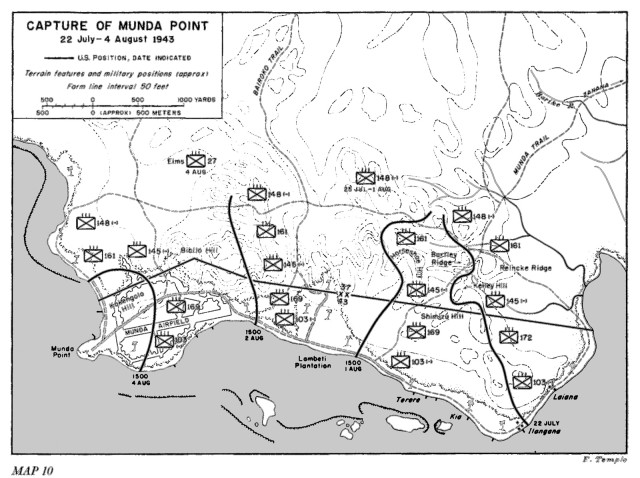
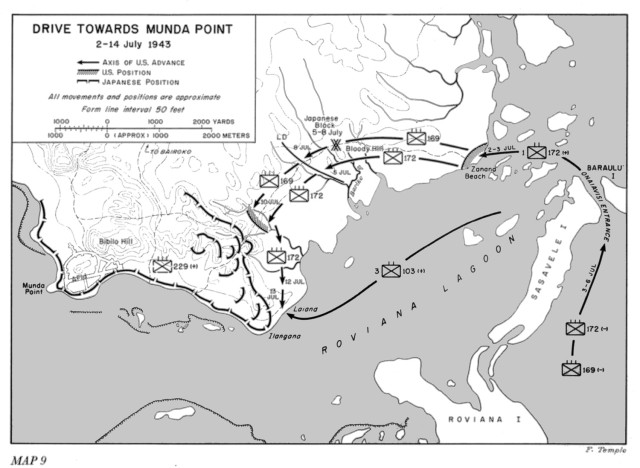
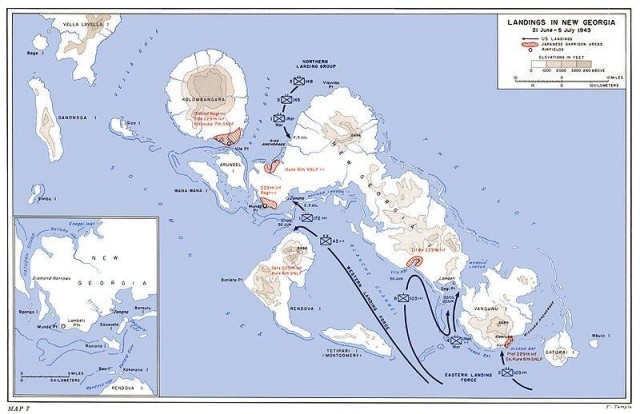
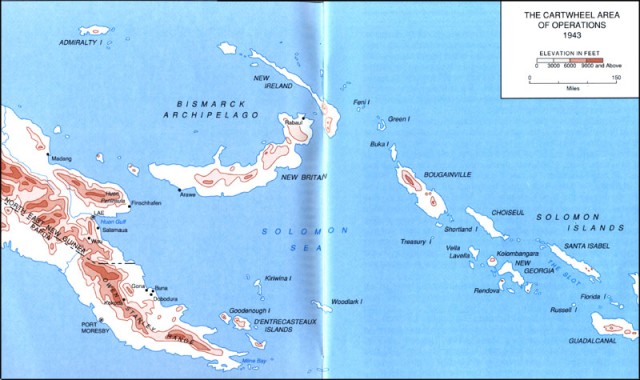



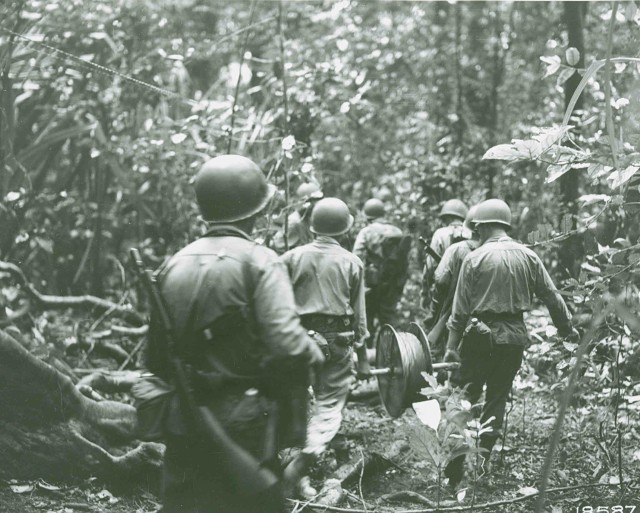

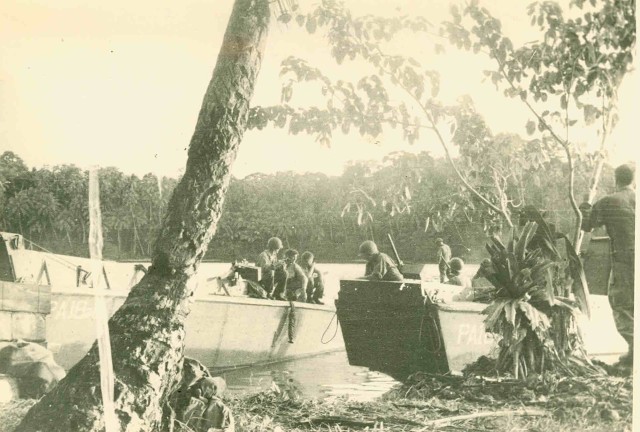

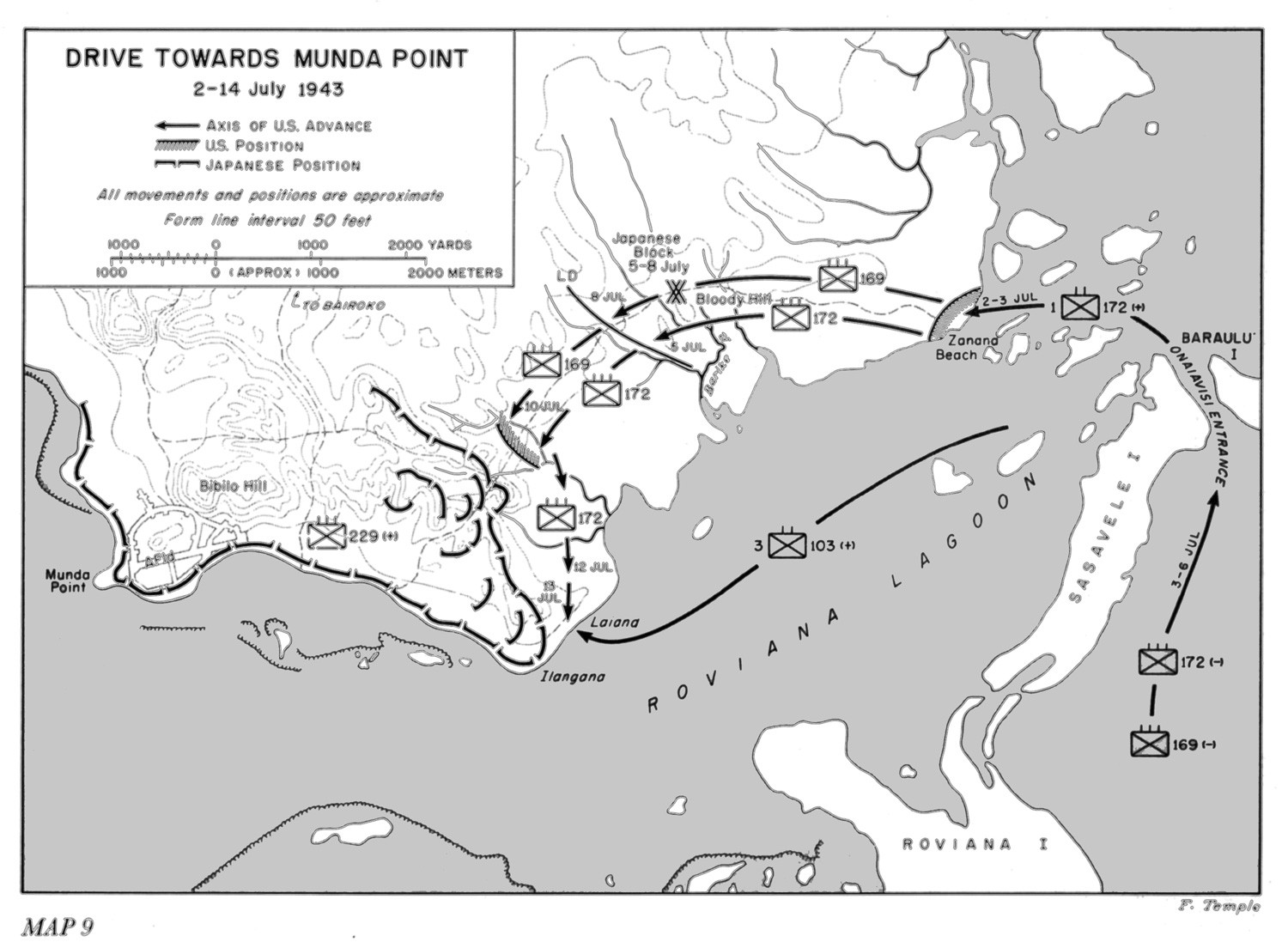
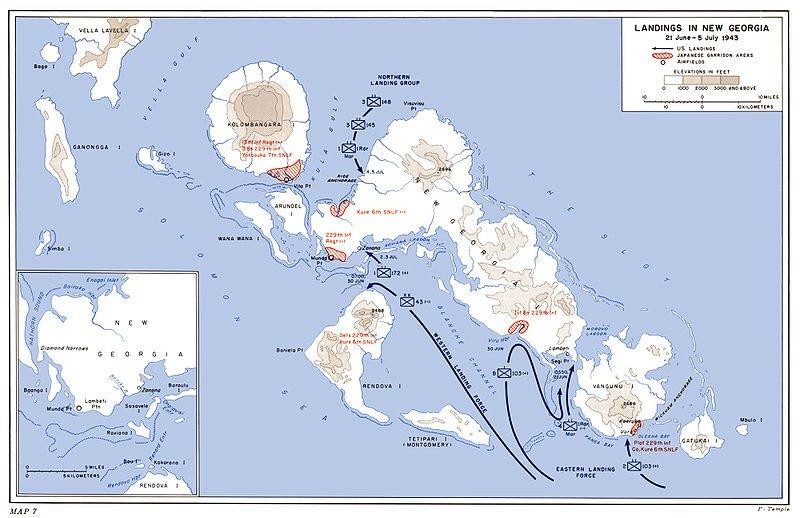


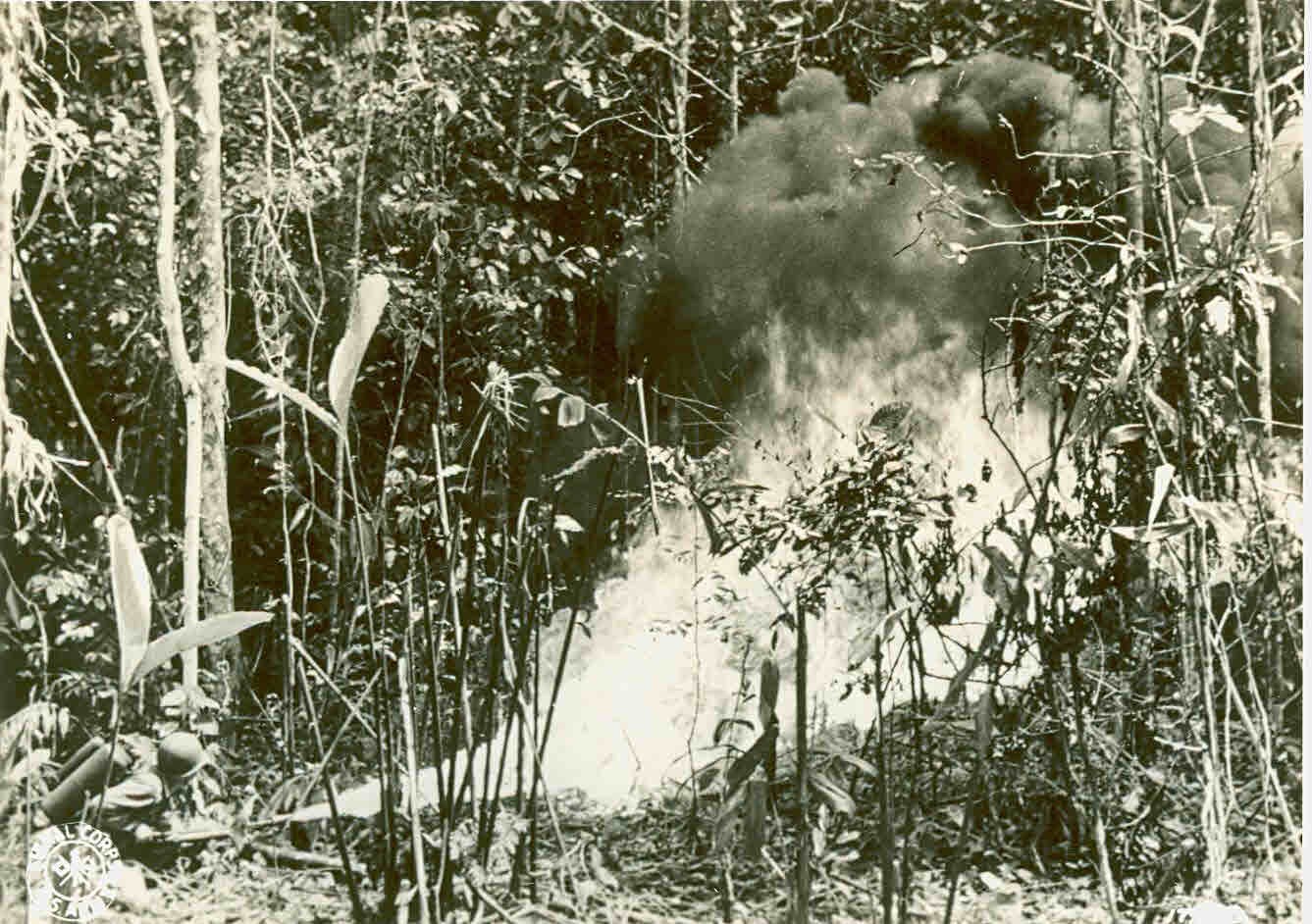
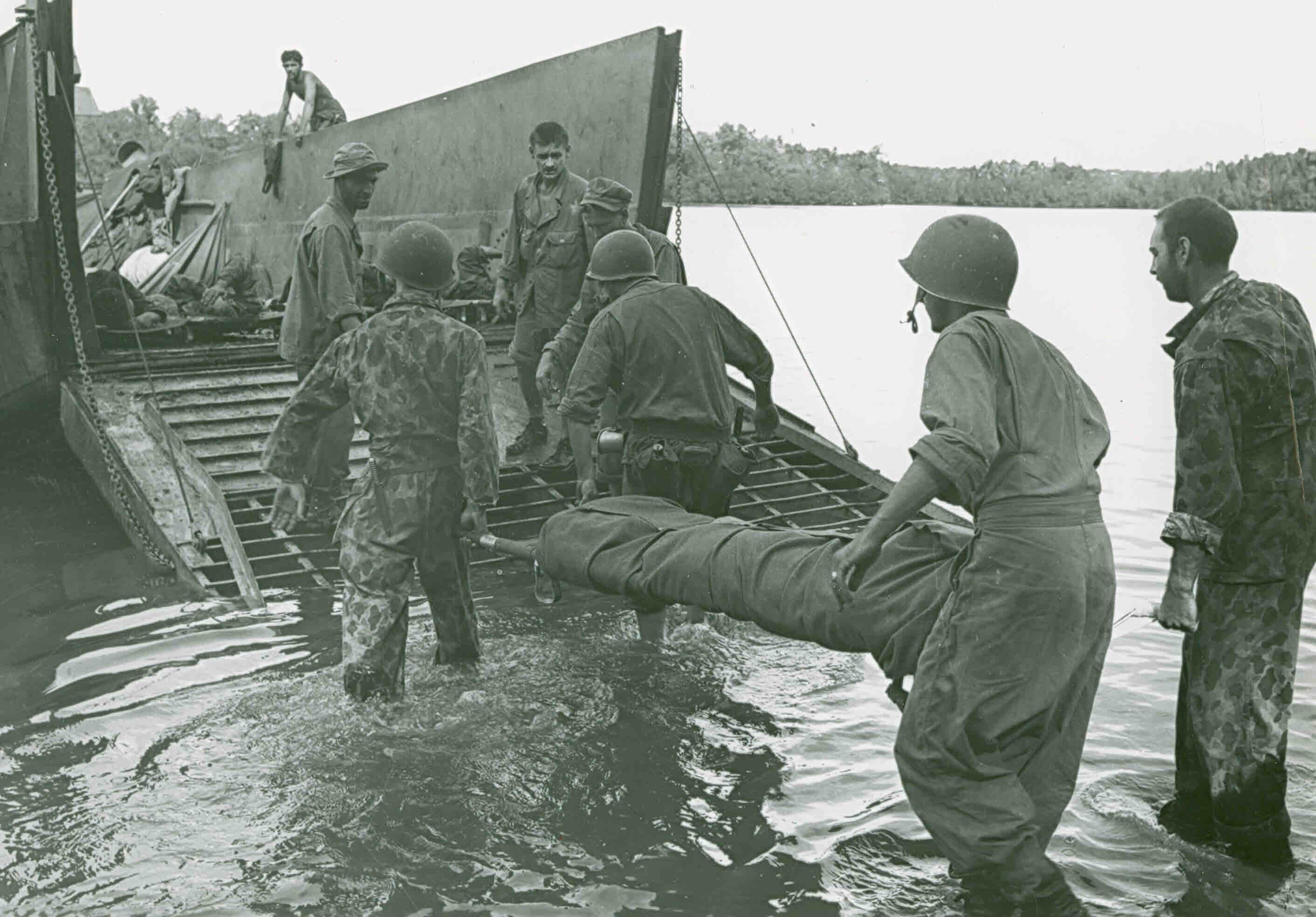
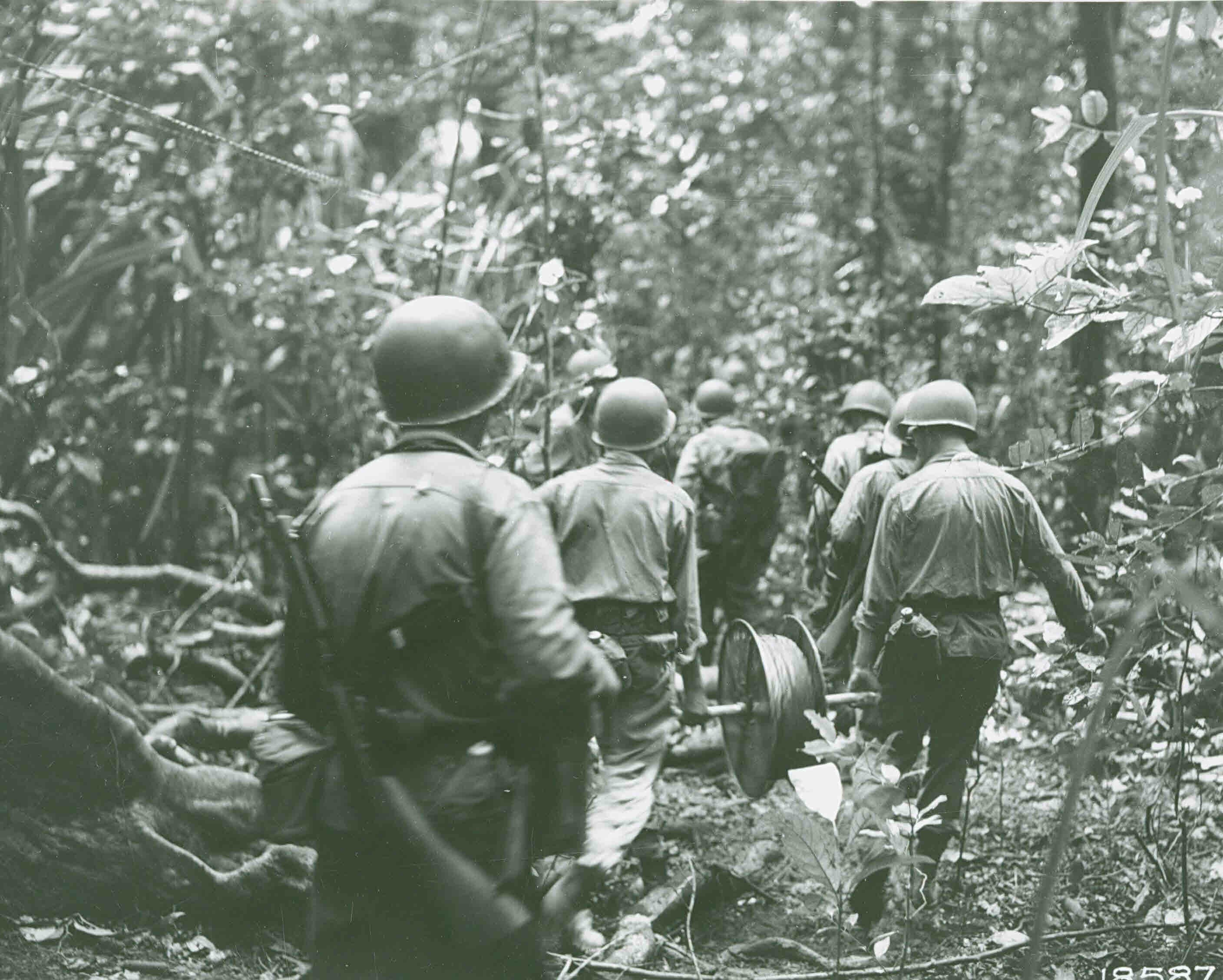


Social Sharing